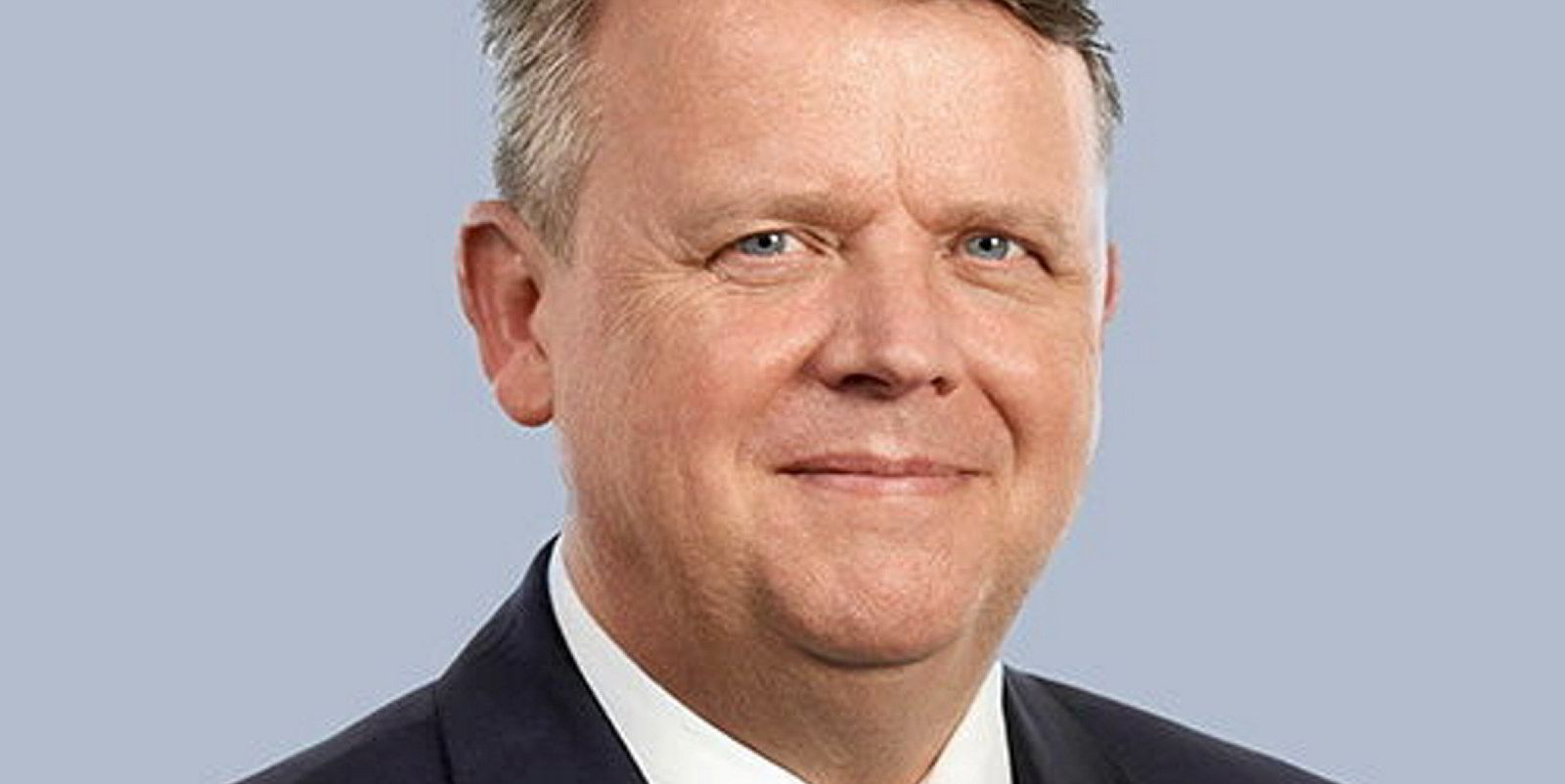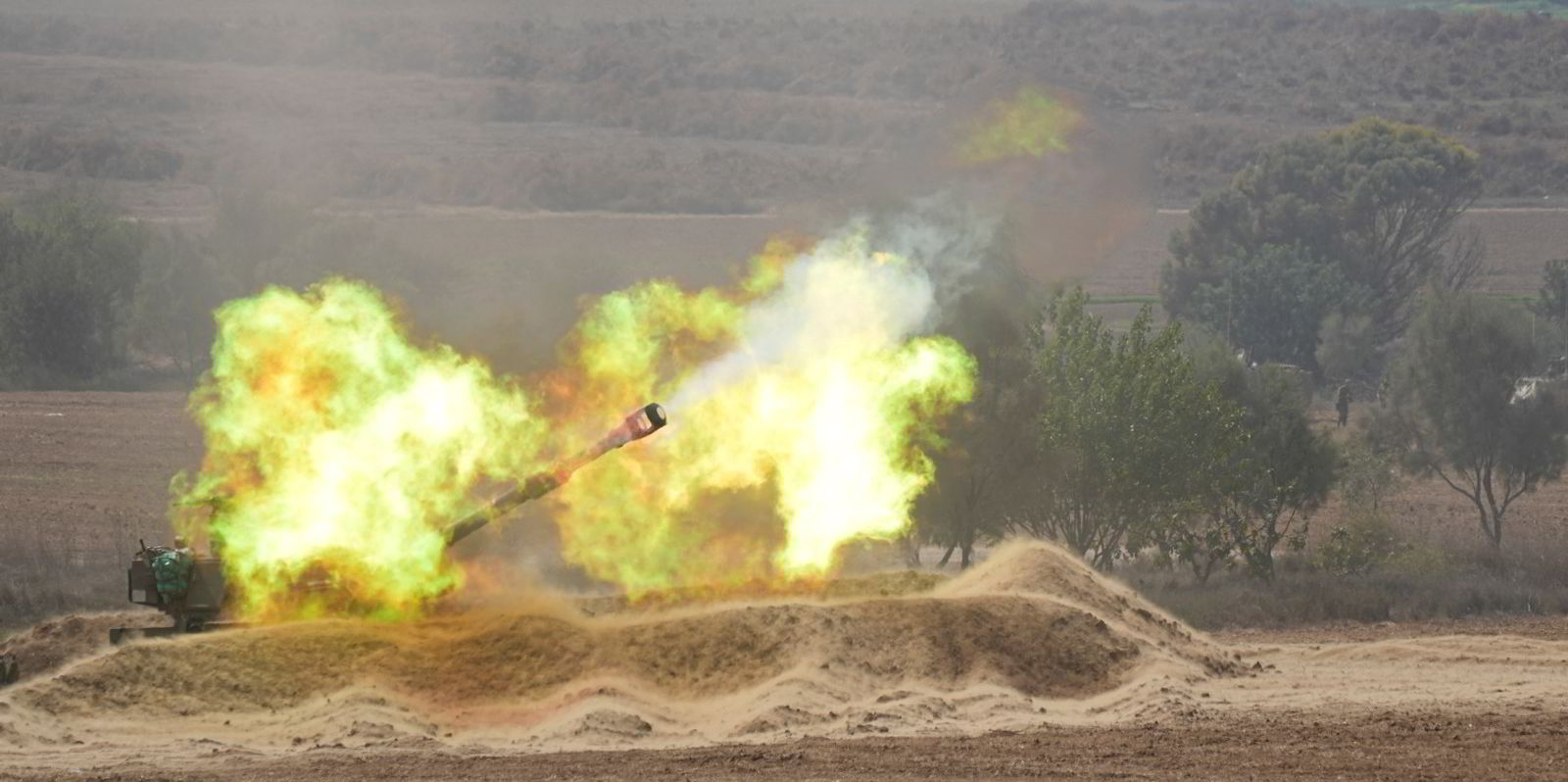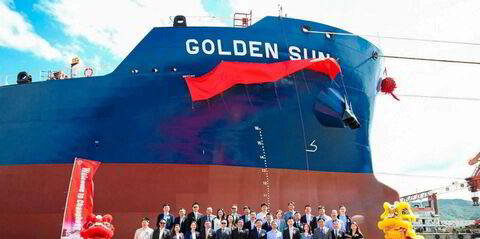Pacific Basin Shipping is considering repurchasing more of its shares from investors and has outlined a bullish outlook for handysize and supramax bulker markets in the years ahead.
The Hong Kong-listed owner-operator wants to return more money to shareholders in the future, but has not yet decided whether that will consist of share buybacks or dividends, said CEO Martin Fruergaard.
“I think we are always looking at share buybacks,” he said during a conference call with investors on Thursday.
“At the moment … we are trading at a discount to our NAV [net asset value], so we can feel that our share price is unfair and unreasonable.
“We can say the asset values are extremely good at the moment and when you look at our share price we are trading at a discount to NAV, so that would actually indicate that maybe share buybacks will be an option to do.”
There will be more clarity in February after the company announces its full-year results for 2023, he added.
Handysize and supramax markets have been weaker this year than in 2022, which meant a 57% drop in average daily vessel earnings during the third quarter compared with a year earlier, according to the trading update published on Thursday.
Its handysizes earned an average net time charter equivalent rate of $10,200 per day during the third quarter, while its supramaxes earned $11,540 per day.
Financial benefits generated by scrubbers fitted on board 33 of Pacific Basin’s supramaxes generated a sizeable chunk of its outperformance compared with the Baltic Supramax Index during the third quarter.
Scrubbers generated $450 per day in financial benefits, roughly one-quarter of Pacific Basin’s $2,010 average daily outperformance when compared with the Baltic Supramax Index during the period.
“The spread between high and low-sulphur fuel has been around $100, maybe a little bit more,” Fruergaard explained during the call.
“We have actually seen now — maybe driven a little bit by the conflict in Israel and other places — oil prices have gone up and actually the spread has also gone up, especially in Singapore, where it’s now $150.
“That will also be very good for the supramax ships that we have with scrubbers on for the fourth quarter and onwards, if the spread could stay high on the scrubbers.”
Its handysize fleet outperformed the Baltic Handysize Index by $2,540 per day on average during the third quarter.
Pacific Basin’s operating margin was $1,160 net per day during the period across its operated fleet. Operating days increased year on year by 42% to 6,810 days during the third quarter.
The company is concentrating its efforts on “optimising” its short-term cover to maximise earnings for the first quarter of 2024.
“[Spot] rates are up very strongly at the moment, actually. If you look at the FFAs [forward freight agreements] or derivatives, going forward they are coming down, especially in the first quarter,” Fruergaard said.
“I think it’s also fair to say if you look at a physical time charter level for one year, it’s actually higher than the [Baltic Supramax] index or derivative markets. So there is probably at the moment a little bit where actually the physical market looks a little bit more positive on the future than the derivatives looks at the moment.
“We are also entering the contracting season, so it is quite nice to do that when the index and the market is at a good level. We of course hope to use that market to take a little bit of cover for next year.”
“Normal” seasonality is back for next year and Pacific Basin expects bulker markets to be weak in the first few months.
So far, the owner-operator has a relatively low level of forward coverage for the first quarter of 2024. Twenty-nine per cent of its core committed handysize days have been covered at a net rate of $9,470 per day. For supramaxes, 33% of available days have been covered at a net daily rate of $13,290.
Forward coverage is high for the final quarter of this year: 70% of handysize days are covered at $11,250 per day and 86% of supramax days have been booked at $13,290 per day.
Looking much further ahead, Pacific Basin outlined a bullish vision based on improving vessel supply-demand dynamics.
“We continue to believe that the high cost of newbuildings, uncertainty over new environmental regulations and the higher interest rate environment will continue to discourage any significant new dry bulk vessel ordering,” Fruergaard said.
“Continued low ordering and efforts to reduce carbon intensity [of vessel emissions] and increased scrapping in the coming few years could create a shortage of vessels and provide long-term structural undersupply to the market.”
In June this year, the first of 10 ships — a 39,650-dwt handysize built in Japan — was delivered on to a long-term time charter to Pacific Basin. Nine more will follow by the end of 2025.
Six 40,000-dwt, Japanese-built handysizes will each be chartered to Pacific Basin for three to five years, plus extension options.
Three 64,000-dwt ultramaxes will begin initial five-year contracts with options to extend when they are delivered from shipyards in 2024 and 2025. Pacific Basin has the option to purchase all of the vessels.
The company has sold an older handysize and three supramax vessels with an average age of 19 years this year.




